A two-way radio headset is an essential tool for professionals in need of a dependable, hands-free communication solution. These headsets are tailored to various settings, providing crystal-clear dialogue essential for coordinated teamwork and safety.
Types and Characteristics of Two-Way Radio Headsets
A plethora of two-way radio headsets populate the market, each designed for particular use-cases. Overhead models, which often include cushioned ear cups, are the go-to choice in environments not requiring protective headgear. Behind-the-head variants, compatible with helmets, are well-suited for construction or industrial use. In-ear options, such as earbuds for two-way radios, are discreet and favored by security and retail workers. Some headsets boast noise-cancelling boom microphones for loud environments, while others feature throat microphones that capture voice from vocal cord vibrations, ideal for high-noise or covert operations. This range ensures that there is a headset to meet the demands of any role, from managing airport tarmacs to overseeing security operations.
Structure and Operation of Two-Way Radio Headsets
The architecture of a two-way radio headset blends ergonomic design with practicality. Earpieces are crafted for auditory clarity and sustained comfort. Microphones are adeptly placed to accurately pick up the user's voice, with some models offering adjustable booms for perfect positioning. The PTT (Push-To-Talk) button is conveniently located for swift radio transmission activation. High-end models may include VOX (Voice-Operated Exchange) technology for voice-triggered communication, further facilitating hands-free use. The connection cables are typically reinforced for durability, and some come with quick-disconnect connectors for ease of use.
Materials and Benefits
The construction materials of two-way radio headsets strike a balance between comfort and toughness. Ear cushions made from memory foam adapt to the user's ear, while coverings of soft leatherette or silicone create a sound-enhancing seal. Casings are usually composed of robust plastics or composites to withstand impacts, and any metals used tend to be light alloys that add strength without excess weight. These materials are selected not only for their physical attributes but also for their ability to transmit sound with minimal distortion, ensuring clear communication.
Business Usages and Applications
In the sphere of professional communication, two-way radio headsets are indispensable in a multitude of sectors. Security teams depend on them for synchronized incident management. Event coordinators employ them for smooth execution of complex events and live shows. In the aviation industry, they enable ground crews to communicate with pilots over the din of jet engines. These headsets are pivotal to operational efficacy, offering unambiguous communication channels that boost productivity, fortify safety, and can be lifesaving. They allow professionals to remain hands-free, concentrating on tasks such as managing construction sites or navigating crowds at festivals.
Functions and Tasks
The fundamental role of a two-way radio headset is to enable clear, effective communication. They are engineered for specific functions like delivering sharp audio, minimizing ambient noise, and ensuring comfort during prolonged wear. Certain headsets come with specialized features, such as earpiece-integrated PTT buttons for convenient access or multi-pin connectors for swift disconnection from the radio system without headset removal.
Distinctive Features and Selling Points
What distinguishes two-way radio headsets are attributes like their noise-cancellation capabilities, which can be passive, utilizing sound-absorbing materials, or active, with electronic noise filters. The modularity of some headsets is a key selling point, permitting users to interchange or upgrade components like microphones or earpieces. Wireless models offer untethered movement, and those with situational awareness features allow ambient sounds through, keeping users connected to their surroundings for safety reasons.
Benefits and Positive Outcomes
Employing a two-way radio headset yields numerous advantages. For professionals, it facilitates instantaneous communication without interrupting their work. The noise-cancellation feature ensures messages are conveyed clearly, which is vital in critical environments. For businesses, this equates to smoother operations, reduced mistakes, and strengthened safety measures. The psychological reassurance of instant team connectivity is invaluable, particularly in urgent scenarios.
How to Use and Operate Effectively
Mastering a two-way radio headset starts with becoming acquainted with the device. Users should practice adjusting the volume and using the PTT or VOX features in different situations to guarantee effortless operation when necessary. Proper microphone placement is essential to avoid voice distortion or capturing unwanted noise. For VOX-enabled devices, fine-tuning the sensitivity to prevent unintended transmissions is crucial.
Choosing the Right Model
In selecting a suitable two-way radio headset, it's critical to consider the intended environment. Factors like ambient noise levels, the necessity for wireless functionality, and compatibility with existing radio systems are paramount. Additionally, the comfort of the headset for extended use, along with the ease of maintenance and material durability, should be assessed.
Cleaning and Maintenance Guidelines
Maintaining a two-way radio headset is crucial for both hygiene and functionality. Earpieces should be sanitized with an alcohol-based cleaner to eliminate earwax and debris that can degrade sound quality. The microphone and PTT button require regular checks for proper operation, and the cable should be inspected for any signs of wear or damage. Adequate maintenance ensures the headset's longevity and dependability.
Installation and Compatibility
Setting up a two-way radio headset is typically straightforward. The initial step is to verify compatibility with the radio model. While most headsets are ready to use out of the box, some may need radio programming to activate specific features. Adhering to the manufacturer's instructions guarantees correct headset operation and optimal performance.
Target Audience and Meeting Needs
The intended market for two-way radio headsets is broad, spanning anyone in need of dependable, hands-free communication. This includes emergency responders, military staff, construction workers, and event planners. Each headset is crafted with the end-user's requirements in mind, whether that's for robustness, acoustic clarity, or user-friendliness.
For an extensive selection of two-way radio headsets that address various professional demands, Alibaba.com provides an ample assortment to ensure you find the ideal match for your communicative needs.






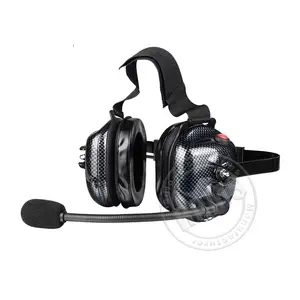
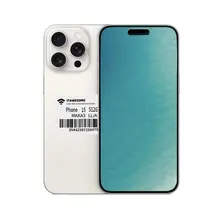
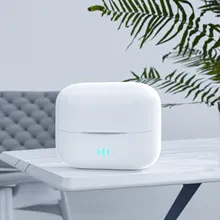


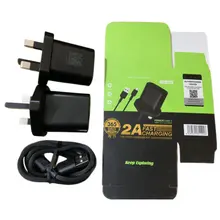

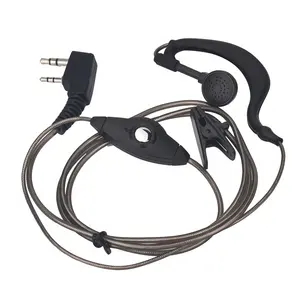

























 浙公网安备 33010002000092号
浙公网安备 33010002000092号 浙B2-20120091-4
浙B2-20120091-4